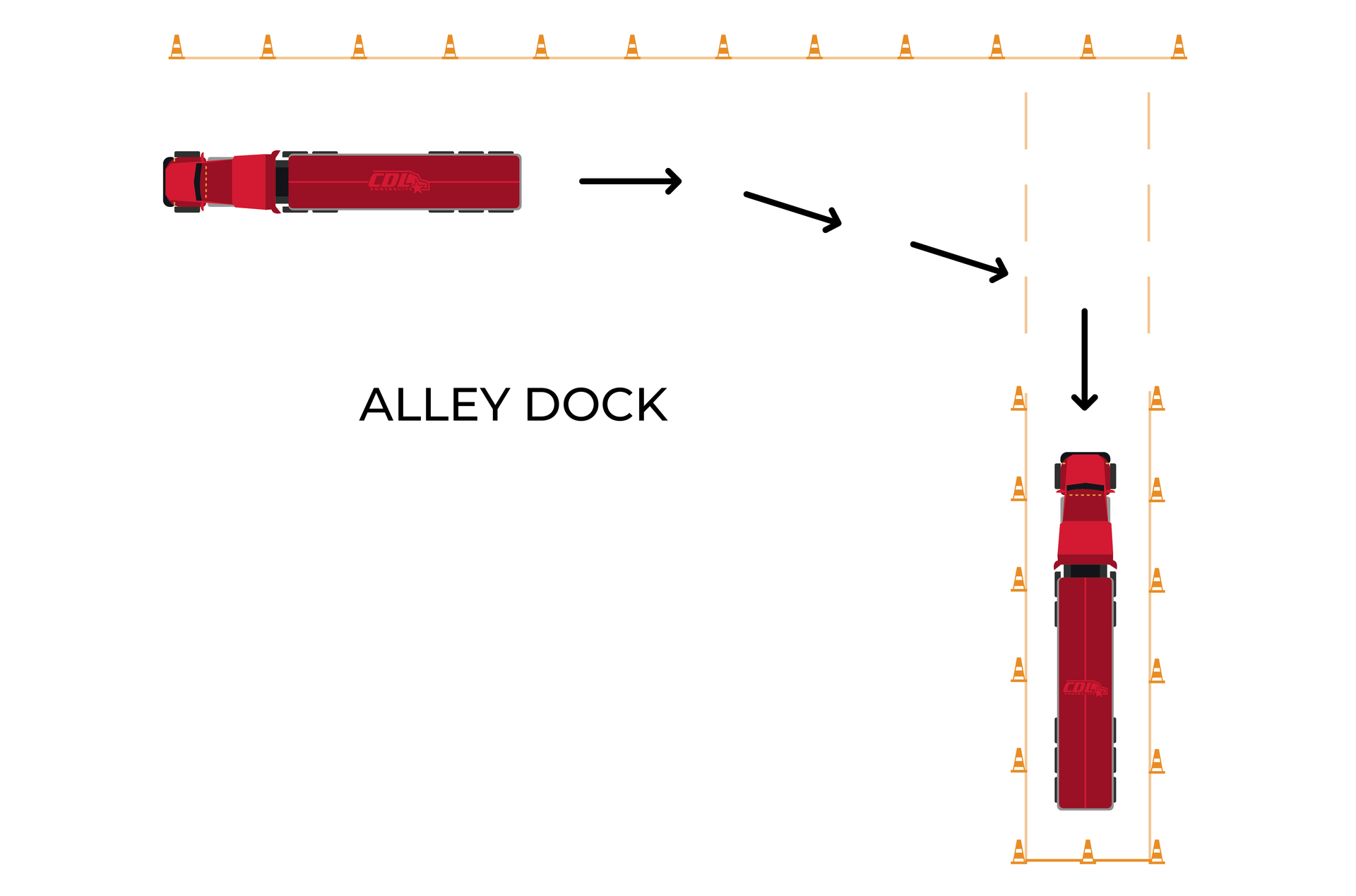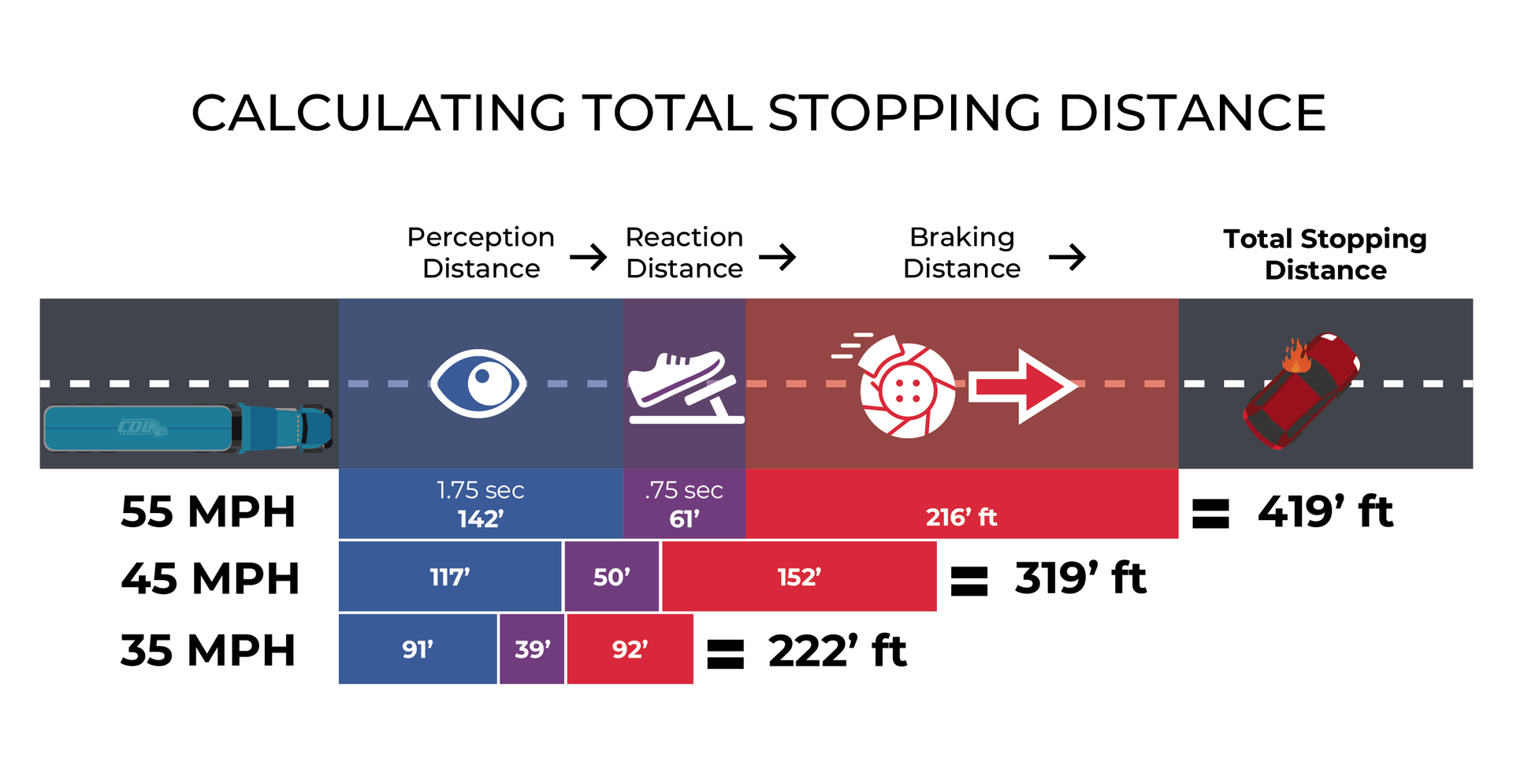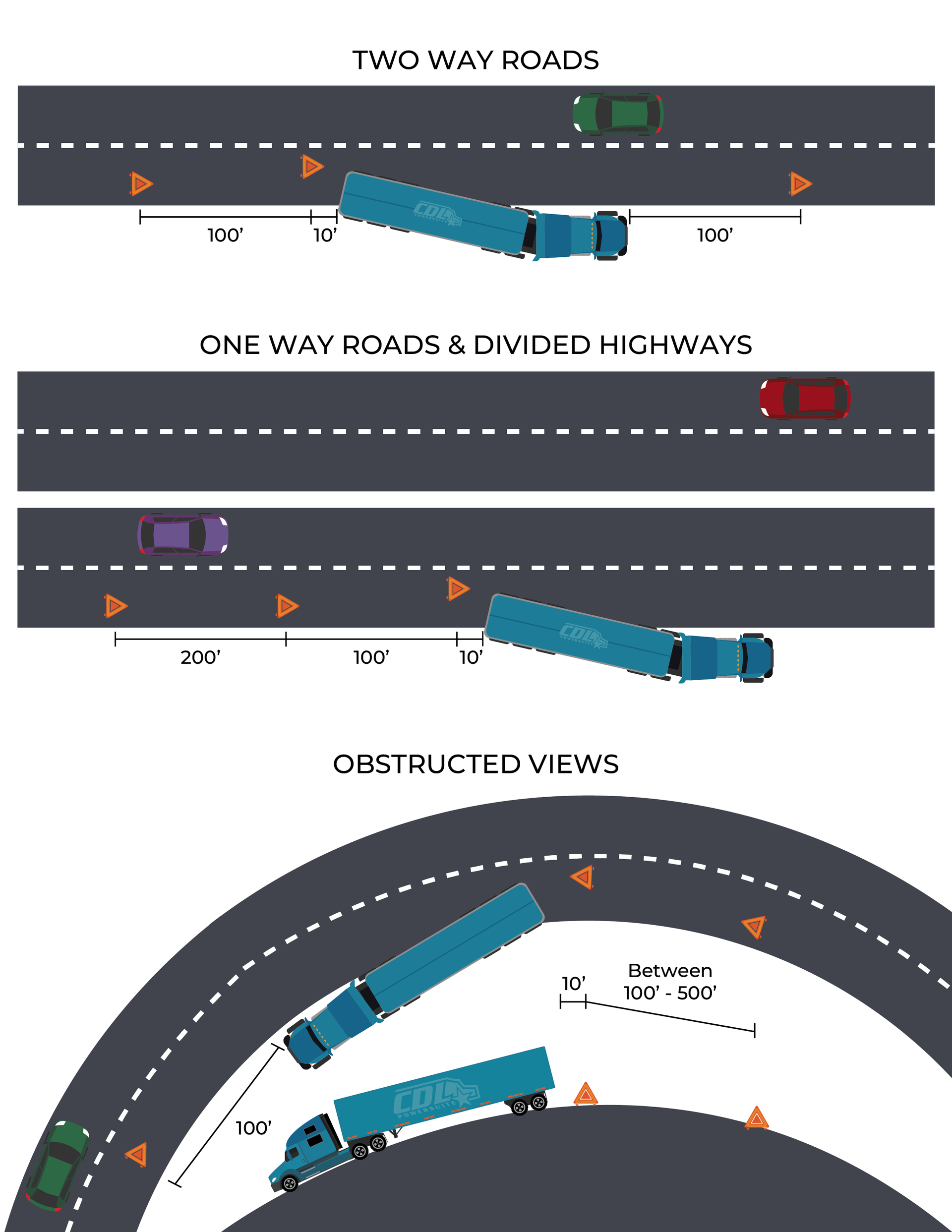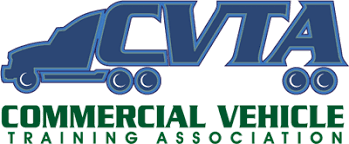CDL Range Skills: Old Standard vs. Modernized Methods
Jason Boudreau • February 5, 2025
In recent years, CDL training programs have adopted modernized range maneuvers to address several key challenges in driver education. These changes have been driven by the need for more efficient use of training space, standardized instruction across programs, and alignment with evolving industry regulations. The modernized approach significantly reduces the space required for backing exercises, allowing training facilities to accommodate more students in a limited area. Additionally, this approach aims to create a more uniform testing experience across different locations, ensuring consistency in skill evaluation.
The Federal Motor Carrier Safety Administration (FMCSA) approved the modernized Commercial Driver's License (CDL) skills test on August 11, 2022. However, there is no nationwide mandate for its implementation; adoption is at the discretion of individual states. Some states have already begun integrating the modernized test, while others plan to do so in the coming years.
Modernized Range Maneuvers
The modernized backing system consolidates four backing maneuvers into one compact area using the same set of cones. This method is more space-efficient and allows for streamlined training.

Forward Stop
- This maneuver tests a trainee's ability to bring the truck to a precise stop at a designated location.
- The vehicle must stop within a three-foot box without the trainee exiting the cab to check positioning.

Straight Line Backing
- Measures the trainee's capability to maintain a straight path while reversing.
- Reinforces control and alignment of the vehicle in confined spaces.
Forward Offset Tracking
- Assesses the trainee's ability to navigate the truck around obstacles while moving forward.
- Demonstrates control and spatial awareness needed for real-world driving.

Reverse Offset Backing
- Evaluates the ability to back the vehicle into a designated parking spot at the end of an alley.
- The back bumper must be positioned within a three-foot box for successful completion.
Old Standard Backing Skills
The old standard backing method has long been used in CDL training programs to prepare drivers for real-world challenges. It aligns with Section 383.113(B) of the CDL regulations, which mandates that applicants demonstrate several fundamental vehicle control skills, including:
- Starting, warming up, and shutting down the engine.
- Smooth acceleration both forward and backward.
- Bringing the vehicle to a smooth stop.
- Backing the vehicle in a straight line while checking path and clearance.
- Positioning the vehicle safely for left and right turns.
- Proper shifting and gear selection.
- Backing along a curved path.
The old standard provides students with an extensive hands-on experience, allowing them to develop an understanding of trailer movement and control. It requires more space, but the additional room allows students to maneuver realistically, better preparing them for real-world trucking scenarios.
The visuals below show how training is conducted and how a yard would be set up for the old standard; you can see how more space is required to conduct training for these maneuvers.







Contact Us
3620 N Eden Rd, Spokane Valley, WA, 99216
Associate Members of

Pages

Made in the USA
SOFTWARE DEVELOPED ONSHORE
Stay Informed
All Rights Reserved | CDL PowerSuite™


